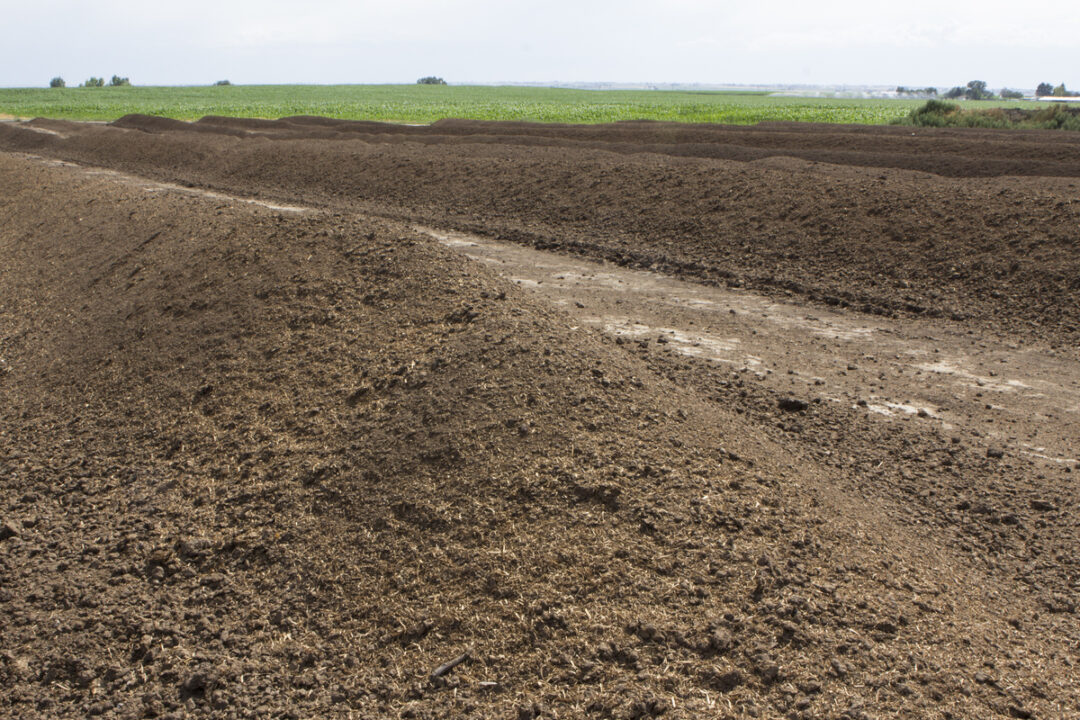Since the early 1960s, nearly 150 people have died in the U.S. because of manure-related gas incidents. Of these, almost half occurred on dairy farms, with the most common activity at the time of death being conducting repairs or maintenance on manure-handling equipment or attempting to rescue another individual.
The decomposition of organic matter in manure results in the release of several gases, including ammonia, carbon dioxide, methane and hydrogen sulfide. Although all are potentially dangerous, hydrogen sulfide tends to be the one of most concern when agitating, applying or moving manure, or when working with manure-handling equipment. Hydrogen sulfide has an intense rotten-egg smell, so it is relatively easy to detect its presence, even in very low concentrations. However, after breathing it for a short time, your sense of smell becomes fatigued, and you lose the ability to detect it. Just as importantly, since we can smell it at such low levels, we cannot detect when it reaches a potentially hazardous condition without the use of analytical instruments.
In many animal-housing facilities, the manure pit is often located below the facility floor. Within these buildings these gases are generally detectable in low concentrations throughout the year; however, under some conditions, such as manure agitation, the gases can be released rapidly from the manure and reach potentially toxic levels for people and animals. Even in other systems where manure is stored outdoors, toxic levels of hydrogen sulfide can result near and in the manure storage area under certain conditions, mostly limited to periods of manure disturbance.
Generally, we use the barn's ventilation system or rely on natural wind and weather conditions to remove the hydrogen sulfide from our working environment and to control the level of these gases within the barn. Barn ventilation systems can be relatively complex; they consist of a controller that monitors temperature, and potentially other variables, within the barn and then turns on fans. Although ventilation systems can run in numerous ways, a common system in the U.S. is the use of pit fans to provide minimum ventilation requirements, end wall fans for more ventilation and sidewall curtains that can be brought up and down to let a breeze blow through the barn and facilitate greater air exchange.
In recent years, we have also seen issues with outdoor manure storages. Generally, these are thought to be safer because the open air gives the potential for more dilution. However, in some cases, calm winds and low atmospheric disturbances can cause the hydrogen sulfide to increase to dangerous levels. Research has shown that feeding more byproducts, like dried distillers grains, can increase sulfur levels in the manure, as sulfur is often concentered during processing steps. Similarly, gypsum bedding can also lead to higher levels of hydrogen sulfide in the manure.
One way to stay safe is by using a hydrogen sulfide monitor. Monitors, which range in price from $99-$800, will sound an alert if a certain hydrogen sulfide threshold is reached. The monitors are small enough to wear and can be purchased online.
Best tips for manure agitation related to hydrogen sulfide
- Do not agitate until the manure level is 1.5 to 2 feet below the slats. Hydrogen sulfide is denser than air and as a result will tend to pool on the manure surface; sufficient separation is required to minimize hydrogen sulfide in the animal breathing zone.
- Avoid aggressive agitation when animals are in the building (no rooster tailing). Surface agitation causes more turbulence and greatly increases the release of hydrogen sulfide.
- Do not direct agitator nozzles toward pillars, walls or a corner. Pillars and walls stop flow quickly and cause the manure to churn, increasing the rate at which hydrogen sulfide is off-gassed from the manure. Corners are often dead air zones; the release of hydrogen sulfide in these areas is more likely to result in animal loss.
- Stop agitating when bottom nozzle is less than 6 inches below the manure surface. Keep agitation below the surface at all times.
-
Avoid sudden changes in agitator depth and intensity. Quick changes can result in large amounts of solids that have not previously been agitated and can result in rapid gas release. Slower changes in power, flow direction and depth allow for a slower, more-continuous release that is safer for animals and workers.


.jpg?t=1687979285&width=640)




